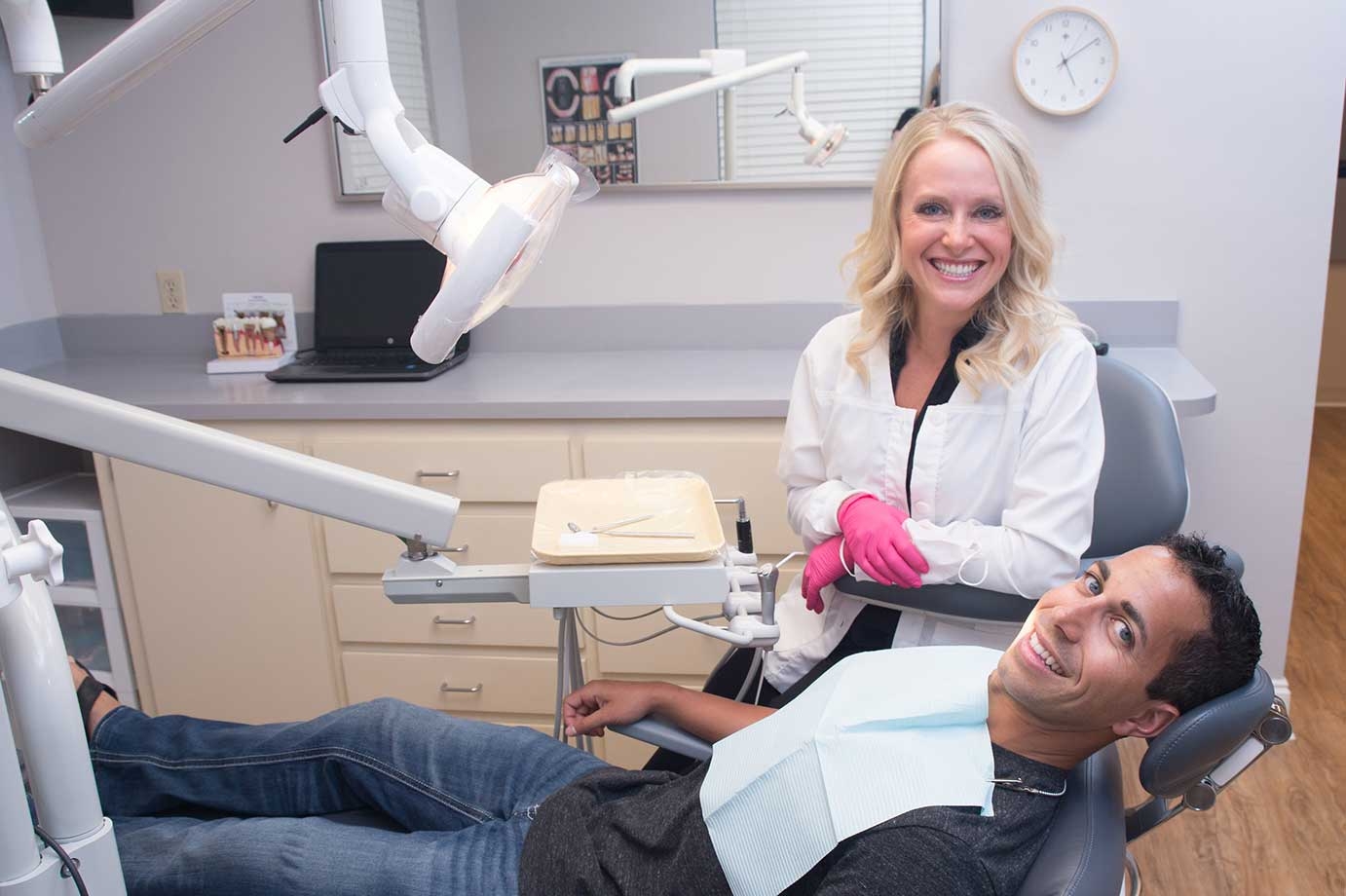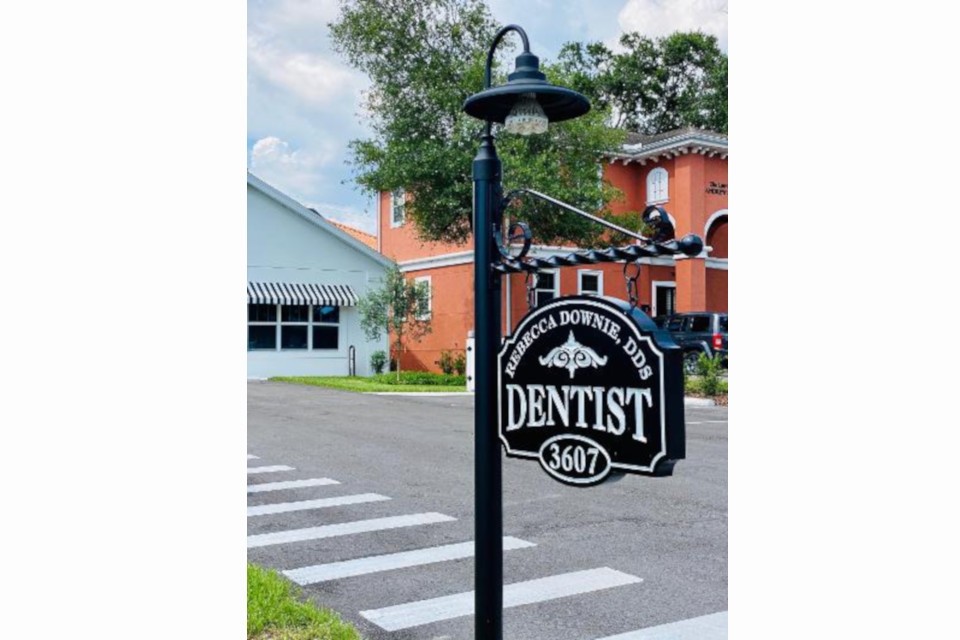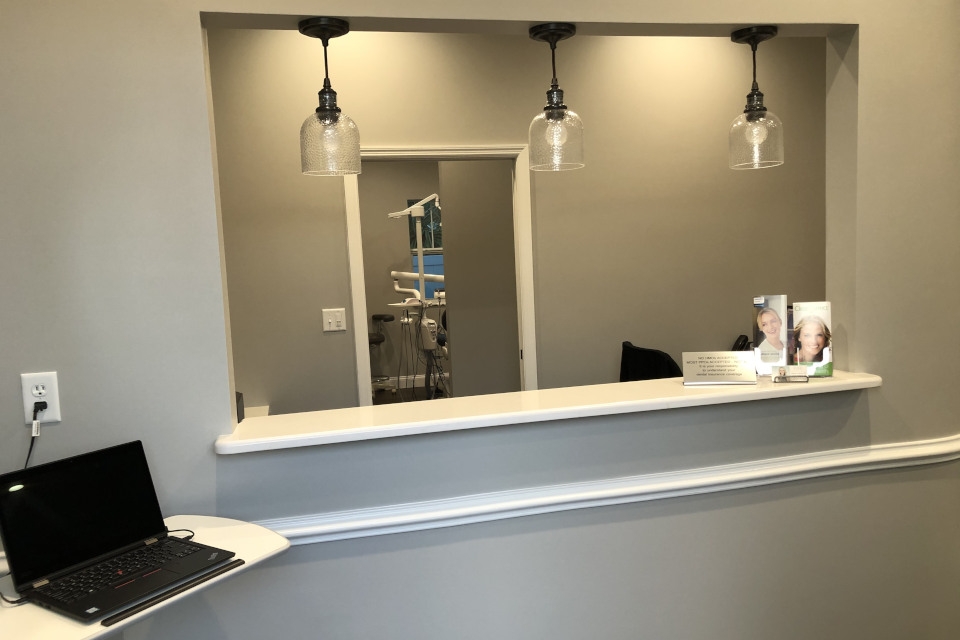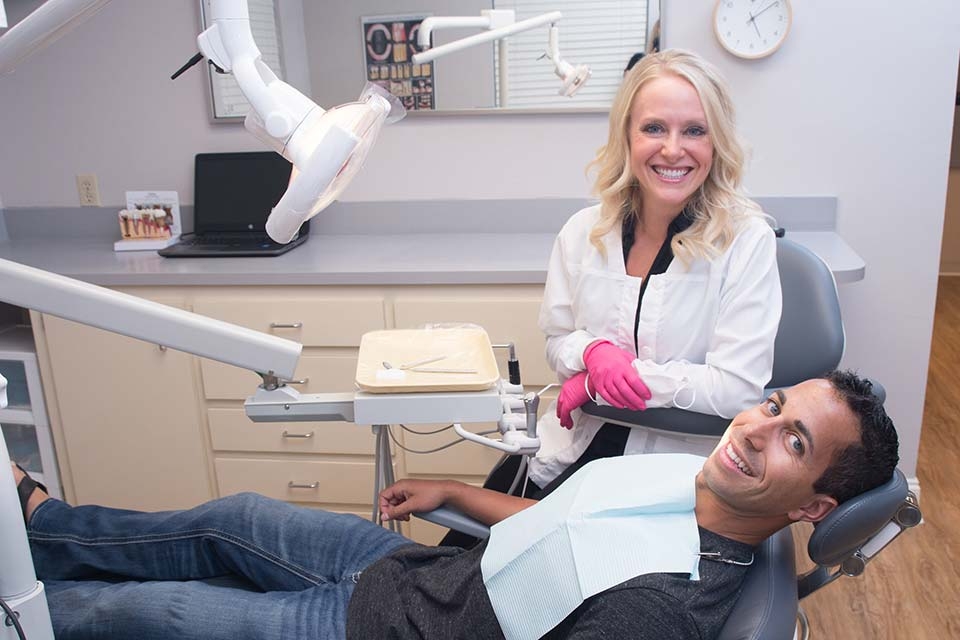CROWNS AND BRIDGEWORK
Dr. Downie loves the intricate details that go into creating a dental crown, which is a covering, or “cap,” that fits perfectly over a damaged, decayed, or unsightly tooth. Sometimes, crowns can replace a tooth entirely with dental bridgework.
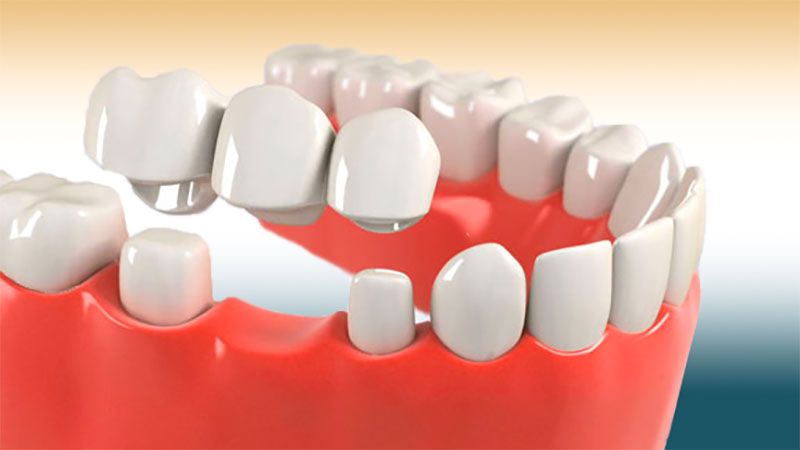
Contents
What do crowns look like?
A crown covers a tooth completely, starting at the gum line, as opposed to a dental veneer that only covers the tooth’s front surface. When a tooth is missing its natural structure as support for a veneer, crowns are a great option for restoration.
Crowns are used to strengthen damaged teeth and restore normal functioning. My advanced materials create crowns that are almost indistinguishable from my patients' natural teeth. They can be used to improve the tooth’s original appearance as well as restore normal function.
What materials are used to create crowns?
There are options when it comes to the materials used for a crown. At your visit, we will discuss the best option for your specific case, depending on the crown’s function. Cast gold is the most durable, but not the most aesthetically pleasing. Porcelain-fused-to-metal crowns utilize the strength of metal on the inside and porcelain on the outside to create a more natural look. Finally, all-porcelain crowns are made with zirconia, the strongest ceramic.
How is a crowning or capping procedure done?
Crowning or capping typically takes 2–3 visits.
First, the tooth must be prepared to receive its crown. Some shaving may be necessary to give the tooth a smoother shape, so the crown will fit seamlessly over its surface. If there is little tooth structure to begin with, the tooth may need to be built up with filling material for support.
Next, impressions will be taken either digitally or with putty-like material and sent to the dental laboratory, which will make models of your teeth. These models guide the highly skilled lab technicians who craft your crown. While your crown is being created, I will place a temporary crown to protect your tooth.
At a second visit, your permanent crown will be placed with either resin or a type of permanent cement.
What is a bridge and how is it created?
Through bridgework, crowns can also be used to create a complete replacement for a missing tooth.
A bridge requires at least three crowns to span the space of the missing tooth. First, crowns are placed over the healthy teeth, referred to as abutment teeth, on either side of the missing tooth. These serve as support for the third crown which replaces the missing tooth, called the pontic.
The number of missing teeth, amount of bone support, and location in the mouth will determine the amount of abutment teeth necessary to complete a bridge. With my thorough understanding of the engineering and design of bridges, as well as the biology of the surrounding gums and teeth, I will determine how to best approach a bridge procedure to restore your smile and confidence.
How do I maintain my crowns?
Crowns and bridges should be maintained with the same conscientious care as natural teeth. Brushing and flossing between all teeth, both natural and restored, will help reduce the buildup of plaque and prevent cavities.
For patients with crowns, it is even more important to maintain proper dental hygiene, and visit our office regularly for cleanings, to prevent further treatment from becoming necessary. Be careful with your investment: avoid using your teeth as tools for opening packages or other purposes, and be sure to wear a nightguard if you have a grinding habit.
Porcelain Crowns & Veneers
Value Of Quality Care
Fixed vs. Removable Bridgework
